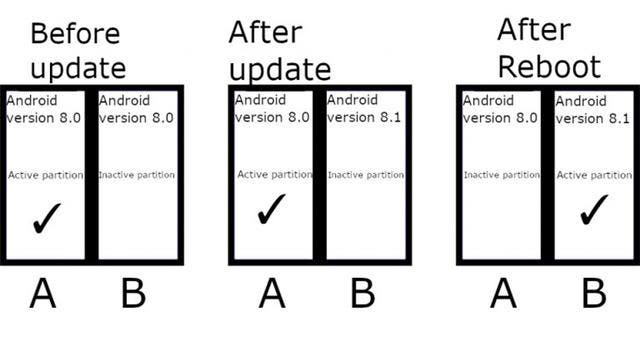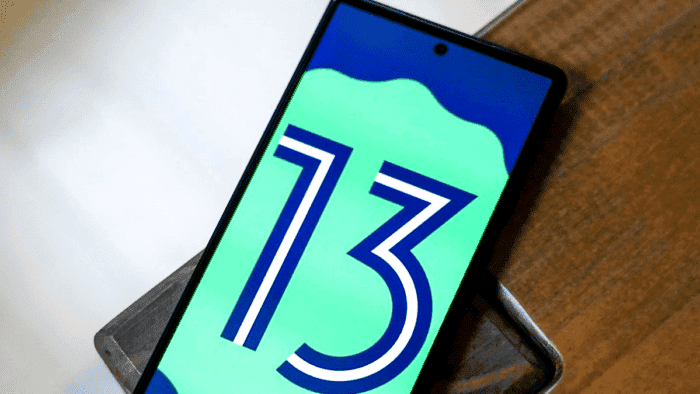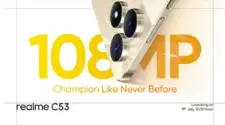After the official release of the Android 13 system, Google Pixel devices are already receiving this system. Furthermore, flagships from other brands are already receiving the developer beta of this system. According to a report by Mishaal Rahman, Android 13 may require A/B partitions to update the system easily. The A/B partition is a mechanism first introduced in Android 7.0. This technology ensures that the system exists in both A and B partitions.

When the A partition updates the system, the B partition can still be active. After the update is complete, the user can restart the A partition. This saves the time that users use for system updates. For this reason, updating with this technology is easy. In addition, when the system file of the A partition is bad, the user can also switch to the B partition which will work normally.
Google is actively promoting A/B partitions
According to reports, Google has been promoting A/B partitions. In fact, at the launch of Android 11, it wanted to force this technology on the system. However, some OEMs are not very interested in this technology. For instance, Samsung, until this year’s Galaxy S22 series still does not support A/B partitions.
According to Mishaal Rahman, with Android 13, the traditional OTA update mechanism will depreciate. The company adds new tests to the Vendor Test Suite (VTS), which must support virtual A/B partitions. Also, these tests have been officially released in Android 13. The Android version was merged before the release. Thus, the promotion determination is much stronger than in Android 11.
Additionally, Google is making further improvements to virtual A/B in Android 13. For example, XOR compression further reduces snapshot size by 25-40%. Furthermore, switching to dm-user for userspace merges can significantly reduce compression merge times. Google is also experimenting with deploying Linux’s io_uring feature. This according to benchmarks, reduces snapback times by about 40 per cent.





